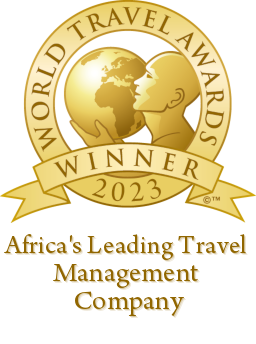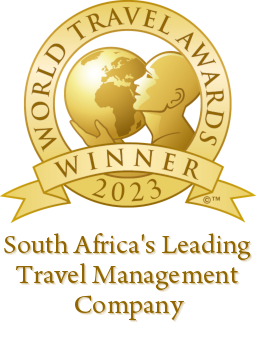2021 ended with the Omicron-induced travel bans reducing international travel to South Africa just when the country was hoping for a bumper holiday season to boost the ailing tourism sector.
According to the Tourism Business Council of South Africa, 51million euros was lost within 48 hours of the ban being announced due to cancelled bookings.
But the world has made an about-turn. It seems now that the variant is everywhere, there is little use in trying to stop it at a country’s borders. This month the UK has relaxed travel requirements for South Africans, 27 EU Member States have lifted their travel ban, Mauritius is re-open for travel, and MSC Cruises are back in local waters.
It seems there is a growing acceptance to live with COVID-19, a position many countries are now adopting and one that has seen travel gain momentum on the road to recovery. The Global Business Travel Association (GBTA) expects global business travel spending to surge in 2022, with spending ultimately reaching 2019 levels by 2024 – a full year earlier than previously predicted. This is according to the GBTA’s annual business travel index, the BTI™ Outlook, which looks at both business travel spend as well as insights and traveller sentiment across 44 industries from 73 countries around the world.
What does this mean for travel? We’ve identified three key trends that will shape business travel during 2022.
TREND 1 – Business Travel with a purpose
While the pandemic ground travel almost to a complete halt, business travel remains an important activity among the world’s workforce. Certain types of collaboration are more efficiently done face-to-face. We still need to visit clients and prospects, physically see, touch and experience products, shake hands, build contact, and maintain human relationships.
A significant takeout from the GBTA report is that about half (52%) of c-suite respondents recognise this and expect their company’s business travel spend to reach 2019 levels at some point in 2022.
From a traveller perspective, business travel is a source of job satisfaction, and employees are likely to extend a business trip for a few leisure days as this allows them to enrich their lives and broaden their horizons.
Crucial tasks for a travel manager include measuring the value of travel, demonstrating the quality of its outcome, and proving to internal stakeholders that it contributes towards meeting the company’s goals. Travel managers will need to define what constitutes necessary business travel to do this. For most, this means fewer trips that accomplish more. Consider including Bleisure and Fexcation trips into your travel policy. This way, you can accommodate traveller wellness and personal growth opportunities while supporting company objectives.
TREND 2 – Travel risk management evolves into people risk management
COVID-19 has already demanded collaboration across multiple roles and departments – from Risk Management and Human Resources (HR) to Procurement, Communication and the C-Suite. People risk management, employee profiles and employee mobility are all pieces of the puzzle that need to be pieced together by employers. Forward-thinking organisations are now moving from Travel Risk Management to People Risk Management, and Travel managers are increasingly seeing their scope evolve to encompass duty of care for all employees.
Consequently, the tools and processes that travel managers have been using now apply in a much broader organisational context. Most security and risk management companies anticipate the shift in emphasis and are taking the first steps in the right direction. People wellbeing needs to be a top priority at any company, and it must move higher up the agenda. Otherwise, employers risk damage to employees’ physical and mental health and decrease job satisfaction, which could eventually lead to talent loss. People who don’t feel safe and cared for are unlikely to stay. This can cause reputational damage, rising costs and negatively impact company performance. Managing employee risks correctly, on the contrary, may translate into competitive advantage for any organisation.
TREND 3 – Sustainable Travel
The global pandemic and the rise up the agenda of climate issues are prompting travel managers to re-evaluate their travel programs. As many companies adopt targets for environmental sustainability, these are naturally demanding action on business travel.
“We’re seeing increased focus on sustainability among buyers, from supplier selection to innovative methods for measuring sustainable travel. Their efforts are going beyond the obvious like virtual meetings or alternative travel modes, as we also see an increased interest in bleisure trips, combining business and leisure, to reduce their carbon footprint.” – Kathy Jackson, BCD Vice President, Executive Chair Sustainability.
Travel manager will need their suppliers to provide the appropriate information at point of booking to enable travellers to make the most sustainable travel choices. And when it comes to measuring program performance, they’ll want more robust scorecards that look beyond carbon emissions as the means to measure sustainable travel.
As travel gradually ramps up, understanding both the company goals and the needs of a new traveller is a crucial task for travel managers. Many more aspects will need to be considered but focussing on these key areas will definitely speed the return of business travel.




